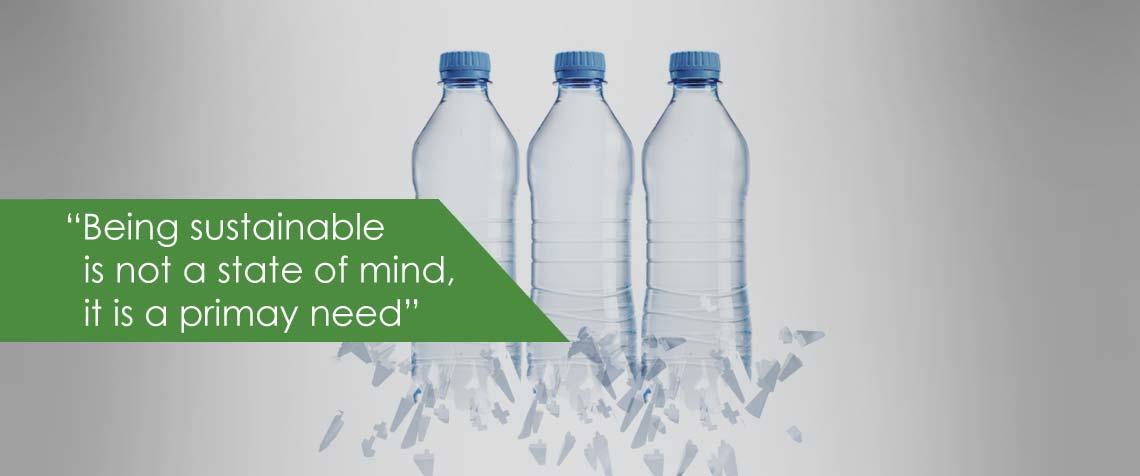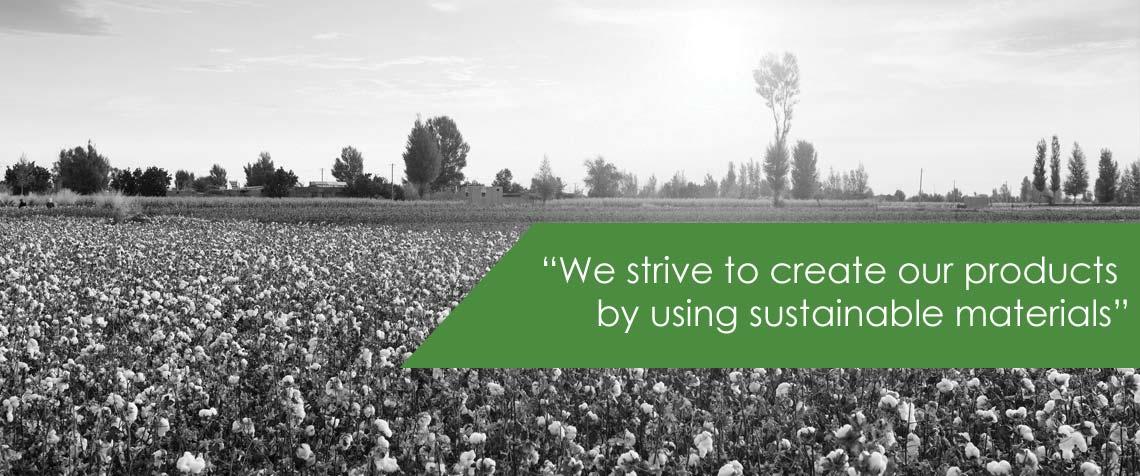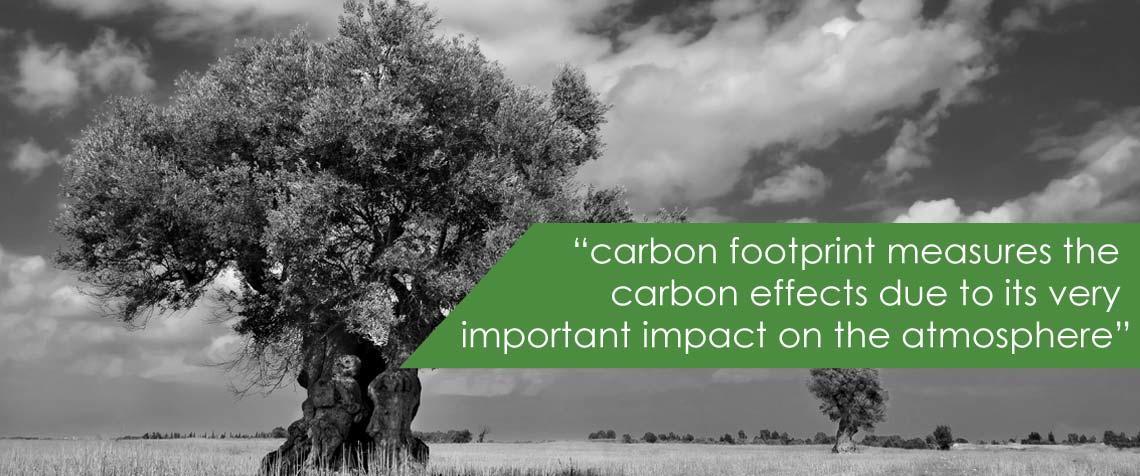Sustainability
Renewable Resources
Being sustainable is not a state of mind, it is a primary need. It is not a debatable issue. Living in a consumer world, we must balance the needs and wants that we have with the minimum effect on our environment; and since globalization exists we must adopt a new way of life in order to not only satisfy our needs, but to also maintain an environment where our children will be able to enjoy the Earth as we do.


Corporate Social Responsibility
At JEPAWECARE we see sustainability as a catalyst for revolutionizing the way we do business – for driving innovation in a way that benefits the athlete, the environment and our company.
Described as a young spirited company, we always refer to the term “corporate social responsibility;” it reflects the actions of a company which aims to contribute to environmental and social issues. Specifically, the workplace is an entity that is directly connected to the community in which it operates, influencing and being influenced by the circumstances of time and space of action. Maintaining good business practices that respect moral and ethical principles is an important part of our philosophy. We recognize that as a responsible member of society we must develop and implement sound anthropocentric policies. Whether toward our employees or our collaborators, we strive for ‘social responsibility.’


Materials Used in Our Products
At JEPAWECARE, we aim to create the least impact on the environment as possible. We strive to create our products by using sustainable materials. Some of these materials are Recycled Polyester, Recycled Cotton and Organic Cotton.


Carbon Footprint
The carbon footprint is a measure of the total amount of carbon dioxide emissions that is directly and indirectly caused by an activity, or is accumulated over the life stages of a product. There are also other emissions that affect our environment, but carbon footprint measures the carbon effects due to its very important impact on the atmosphere. Many daily habits are taken into consideration to measure a carbon footprint. For example, how we commute: do we drive our cars to go to work and how many hours per week do we spend in your vehicles. Whether we use energy saving appliances and bulbs at home, and if we recycle; not only tins, paper and glass but also food. A fundamental issue regarding carbon footprint is how our houses are built and maintained, meaning if double glass windows are used along with other eco-friendly materials.


Climate Change
Climate change could have serious consequences on the global population and the Earth. The melting of glaciers and sheets of ice, the disappearance of some species, epidemics and economic recession are just some of the issues of climate change. Recently, individuals and policymakers are becoming more aware of the issue of climate change and the problems arising with it, and this is encouraging.
Scientists indicate climate change is demonstrated by results such as the increase in the frequency of heat waves, the reduction in the surface area and thickness of glaciers, the melting of ice sheets, increased average ocean levels, disruptions to the water cycle leading to heavy rainfall, flooding, or prolonged droughts, changes in vegetation, and migrations of animal species. Some of the consequences of climate change are already visible. Climate change has effects on public health that are difficult to quantify. Public health is affected by climate; the heat waves have consequences on particularly vulnerable populations (older people, newborns or persons with respiratory problems). Air quality is altered, which also affects vulnerable people and those suffering from cardio-respiratory problems, changes in pollen are one of the reasons why allergies are on the rise in most countries, movements of insects carrying epidemics can lead to the expansion of the areas at risk of these epidemics. Climate changes also affect farm production and sea life, which in turn has consequences on peoples food supply.
Becoming aware of the reality of climate change and its consequences is the first step in implementing solutions, from changes in everyday activities and habits to international policies. Today, we know that the increase in greenhouse gas emissions cannot be reduced fast enough to prevent a temperature rise. It is now necessary to implement adaptation strategies to limit and counteract the impacts of climate change.
Global Climate Change: Vital Signs of the Planet
The R3 technology certifies the use of the best recycled cotton. R3describes an integrated practice towards global protection through the following principles: Respect: the environment the planet we live in. Recycle: using recycled cotton fibers. Repeat: when respecting the environment and recycling are repeated throughout the whole production process, the end result is a high quality sustainable product.

